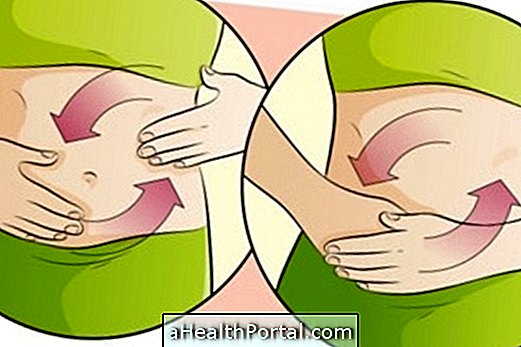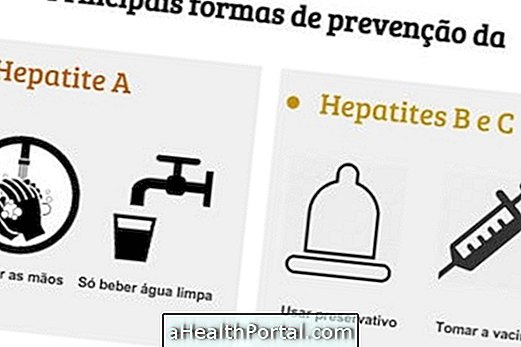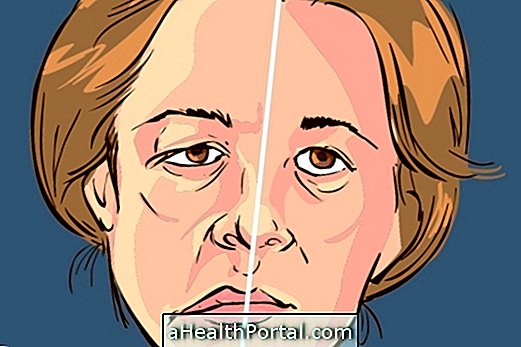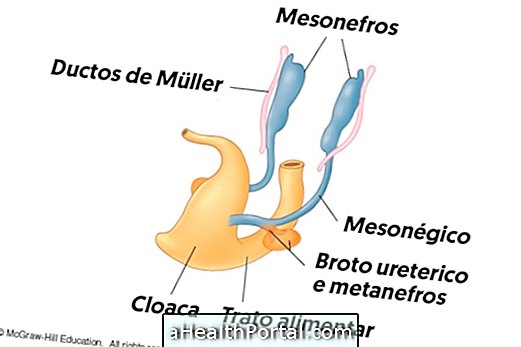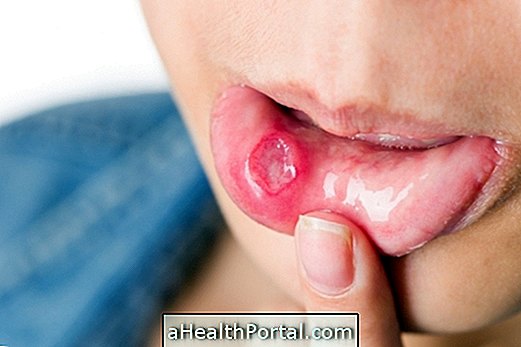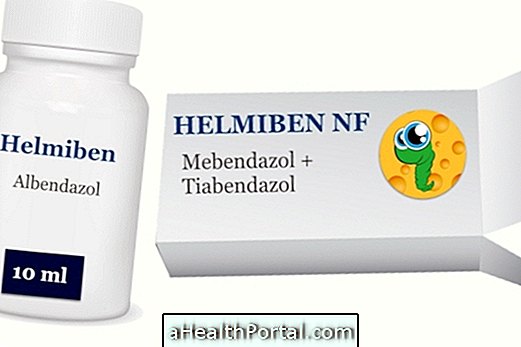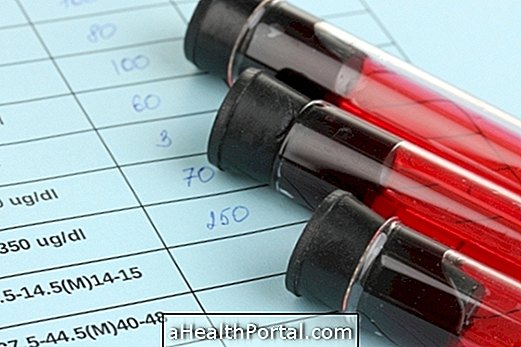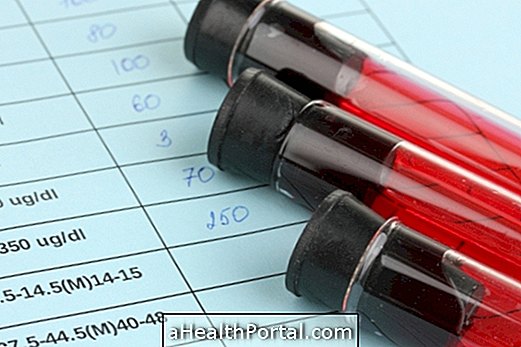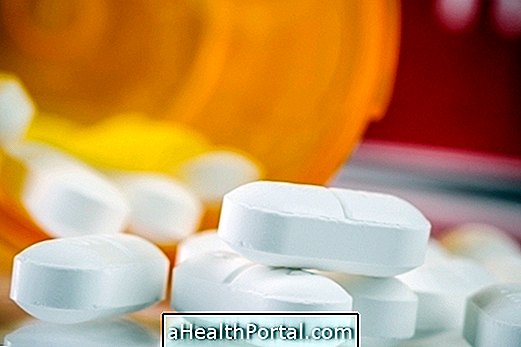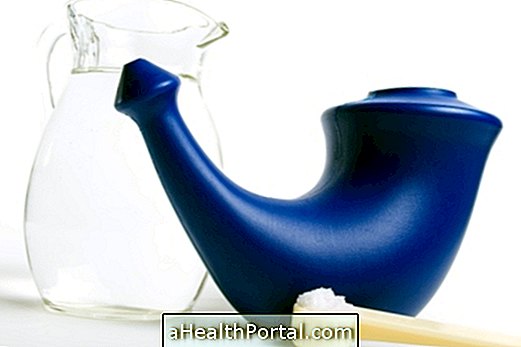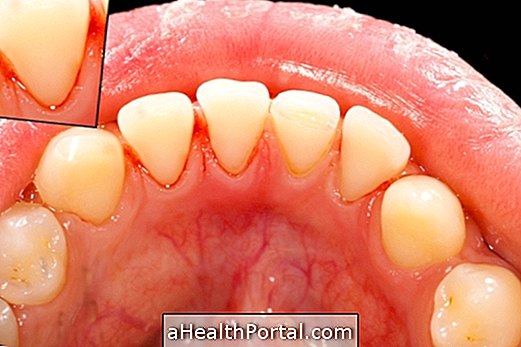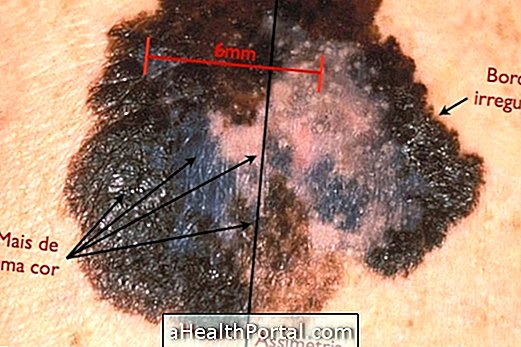Surgery for gastroesophageal reflux is indicated when treatment with drugs and food care does not produce results, and complications such as ulcers or the development of Barrett's esophagus, for example, begin to appear. Therefore, it is only indicated after trying other types of treatment.
This surgery is done under general anesthesia and through small cuts in the abdomen, and the total recovery takes about 2 months, being necessary in the first weeks to feed only with liquids, which can lead to a light weight loss.
Check out the treatment options for reflux before surgery.
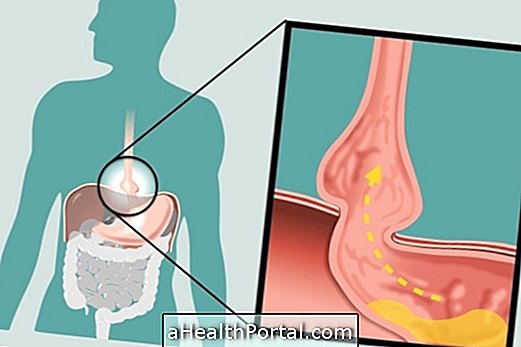
How is the surgery done
Reflux surgery usually serves to correct the hiatus hernia, which is the main cause of esophageal reflux, so the doctor needs to make small cuts in the region between the stomach and the esophagus to correct the hernia.
Normally, the technique used is laparoscopy with general anesthesia, in which thin tubes are inserted through small cuts on the skin. The doctor can observe the inside of the body and do the surgery through a camera placed on the tip of one of the tubes,
When to undergo surgery
Reflux surgery is indicated when treatment with drugs and diet does not produce results, but it may also depend on the time the patient has reflux, the intensity and frequency of the symptoms, and the willingness of the patient to be operated to resolve the problem .
How is recovery
Recovery from surgery for reflux is quick, with little pain and few risks of infection, and the patient is usually discharged 1 day after surgery and can return to work after 1 or 2 weeks.
However, for a faster recovery, it is recommended:
- Avoid driving for at least 10 days;
- Avoid having intimate contact in the first 2 weeks;
- Do not lift weights and resume physical exercises only after 1 month or after the doctor's release;
- Do small walks at home throughout the day, avoiding sitting or lying down for long.
In addition, it is recommended to return to the hospital or go to the health clinic to treat the surgical wounds. For the first 2 days it is important to bathe with a sponge to avoid wetting the dressings, as it increases the risk of infection.
During recovery, the doctor may also recommend the use of antibiotics, anti-inflammatories or analgesics, to reduce discomfort.

What to Eat After Surgery
Due to the pain and difficulty of swallowing, it is advisable to follow this type of scheme:
- If you only feed with liquids during the first week, and can extend until the 2nd week, according to the tolerance of the patient;
- Switch to a pasty diet from the 2nd or 3rd week, with ingestion of well cooked foods, purees, ground beef, fish and shredded chicken;
- Start gradually a normal diet, according to tolerance and release of the doctor;
- Avoid soft drinks during the first few months, such as soft drinks and carbonated water;
- Avoid foods that produce gas in the gut, such as beans, cabbage, egg, peas, corn, broccoli, onions, cucumbers, turnip, melon, watermelon and avocado;
- Eat and drink slowly to prevent stomach pain and embarrassment.
The feeling of pain and full stomach can lead to weight loss due to reduction of the amount of food eaten. In addition, it is also common to feel hiccups and excess gas, and it may be necessary to take medicines like Luftal to reduce these symptoms.
Check out how to make a liquid or doughy diet to aid in stomach recovery.
Possible Complications
Surgery for reflux is quite safe, especially when performed by laparoscopy; however, there is always a very low risk of complications such as bleeding, infection at the site of the cut or trauma to nearby organs of the stomach. In addition, because anesthesia is required, complications associated with anesthesia may also arise.
Depending on the severity, these complications may lead to the need for the person to be operated again through conventional surgery, made with a large cut in the abdomen, instead of the laparoscopic procedure.
Warning signs to go to the doctor
In addition to the return visit, you should see the doctor if there is any:
- Fever above 38ºC;
- Severe pain, redness, blood or pus in the wounds;
- Frequent nausea and vomiting;
- Tiredness and frequent shortness of breath;
- Abdominal pain and persistent swelling.
These symptoms may indicate complications of the surgery and should go to emergency care to treat and prevent further complications.
